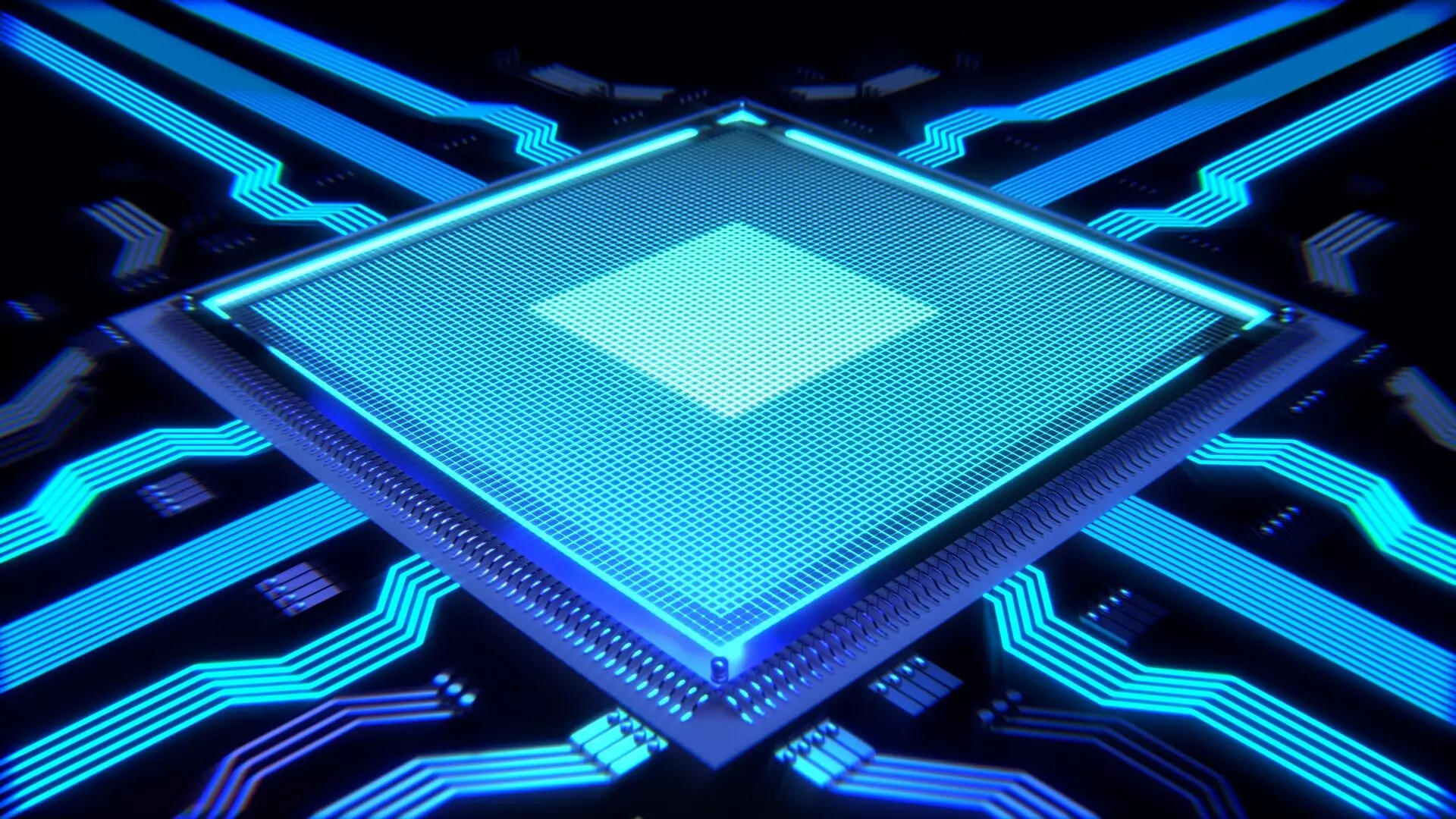In a breakthrough in the field of artificial intelligence (AI), engineers from the University of Pennsylvania have developed a groundbreaking chip that harnesses the power of light waves instead of electricity. This innovative chip has the potential to revolutionize computer processing speed and significantly reduce energy consumption. By employing silicon-photonic (SiPh) technology, the researchers have successfully merged nanoscale material manipulation with light-based mathematical computations, paving the way for a new generation of high-speed AI systems.
Overcoming the Limitations of Traditional Chips
Since the advent of modern computing in the 1960s, computer chips have largely relied on electricity for performing mathematical calculations. However, these traditional chips face limitations in terms of processing speed and energy efficiency. To overcome these limitations, the research team led by Benjamin Franklin Medal Laureate and H. Nedwill Ramsey Professor Nader Engheta combined their expertise with Associate Professor Firooz Aflatouni’s pioneering work in nanoscale silicon devices. The objective was to develop a platform capable of performing vector-matrix multiplication, a fundamental mathematical operation in neural networks, the driving force behind AI tools today.
The key innovation in this new chip lies in its use of light waves to perform mathematical computations. Instead of utilizing a standard silicon wafer, the researchers made certain regions of the silicon thinner, measuring around 150 nanometers. These variations in height, without the inclusion of any additional materials, allowed for precise control over the propagation of light through the chip. By manipulating the height variations, specific patterns of light scattering were achieved, enabling the chip to carry out mathematical calculations at the speed of light.
Potential Applications and Impact
The practical applications of this groundbreaking chip are vast. Due to its compatibility with commercial foundry specifications, it is already prepared for widespread commercial use. Additionally, this chip could be integrated as an add-on to graphics processing units (GPUs), thereby enhancing the speed and efficiency of training and classification processes in AI systems. This development is of significant importance, given the growing demand for GPUs in the development of new AI technologies.
Aside from its substantial performance improvements, Engheta and Aflatouni’s chip offers added privacy advantages. By enabling multiple computations to occur simultaneously, there is no longer a need to store sensitive information in a computer’s working memory. This makes future computers powered by this technology nearly impervious to hacking attempts. As Associate Professor Aflatouni points out, “No one can hack into a non-existing memory to access your information.” This enhanced security feature will undoubtedly be invaluable in safeguarding sensitive data in various industries.
The introduction of a chip that harnesses light waves instead of electricity marks a significant milestone in the world of AI computing. By leveraging the power of silicon-photonic technology and nanoscale material manipulation, researchers have managed to develop a chip that can perform complex mathematical computations at the speed of light. This breakthrough not only has the potential to drastically increase computer processing speeds but also greatly reduce energy consumption. In addition, the enhanced privacy and security features offered by this revolutionary chip make it a game-changer in the field of AI. With further advancements and research, this technology could pave the way for more efficient and secure AI systems in the future.


Leave a Reply